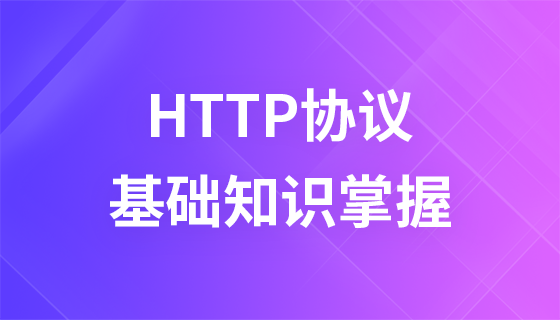
Course Elementary 7622
Course Introduction:The HTTP protocol is a simple request-response protocol that usually runs on top of TCP. It specifies what kind of messages the client may send to the server and what kind of response it gets. The headers of request and response messages are given in ASCII form; the message contents have a MIME-like format.
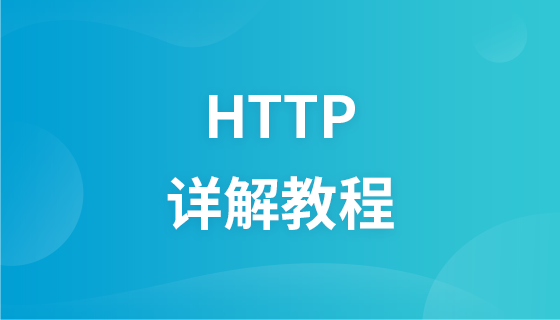
Course Elementary 24004
Course Introduction:HTTP protocol (HyperText Transfer Protocol, Hypertext Transfer Protocol) is the most widely used network transmission protocol on the Internet. All WWW files must comply with this standard. From the beginning of this lesson, we will learn the details of HTTP.
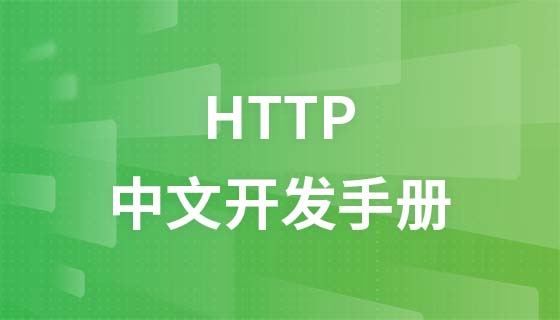
Course Elementary 5345
Course Introduction:HyperText Transfer Protocol (HTTP, HyperText Transfer Protocol) is the most widely used network protocol on the Internet. All WWW files must comply with this standard.
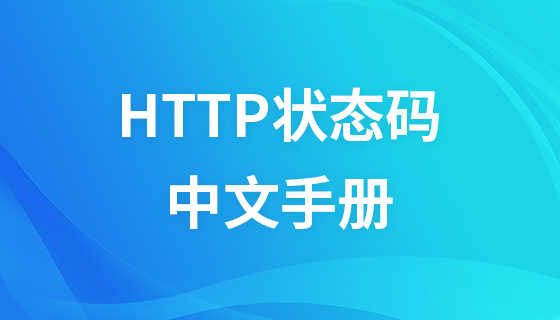
Course Elementary 29854
Course Introduction:The English name of HTTP status code is HTTP Status Code. When a user browses a web page, the user's browser will send a request to the server where the web page is located, and before the browser receives the request, the web page's server will return an HTTP status code information. header in response to the browser's request. The following common HTTP status codes: 200-Request successful, 301-The resource (webpage, etc.) is permanently transferred to another URL, 404-The requested resource (webpage, etc.) does not exist, 500-Internal server error.

Course Elementary 15697
Course Introduction:HTTP protocol (HyperText Transfer Protocol, Hypertext Transfer Protocol) is a transfer protocol used to transfer hypertext from the WWW server to the local browser. It can make the browser more efficient and reduce network transmission. It not only ensures that the computer transmits hypertext documents correctly and quickly, but also determines which part of the document is transmitted and which part of the content is displayed first (such as text before graphics), etc. We have collected the "Boolean Educational HTTP Protocol Video Tutorial", hoping to help everyone better understand the HTTP protocol.
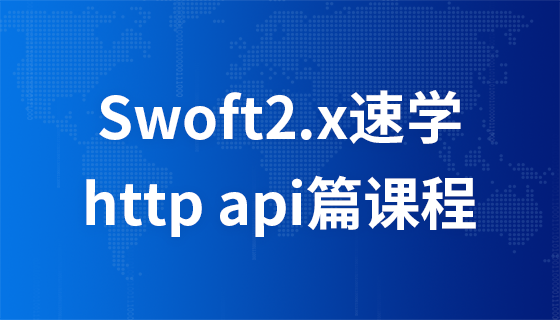
Course Elementary 2345
Course Introduction:Swoft is a high-performance PHP coroutine framework developed based on Swoole extension. It is lightweight, high-performance, flexible and scalable. This course will lead students to learn and master the use of the Swoft framework from scratch through a series of chapters. In the first chapter, we will learn how to create a basic HTTP API and introduce the simulation of commodity API and the use of RequestMapping annotations. In the next few chapters, we will learn how to create product lists, product detail pages, and use regular expressions to control routing path parameters. In Chapter 5, we will initially learn how to use middleware and modify the return value of the controller method. In Chapters 6, 7, and 8, we will learn how to obtain GET parameters and POST parameters, and simulate product modification operations. In Chapters 9, 10, and 11, we will learn how to automatically convert JSON parameters into entity objects and use reflection to execute setter functions. In Chapter 12, we will learn the basic configuration of the database and use native queries to obtain product details. In Chapters 13 and 14 we will learn how to use validators and practice controlling character length validation. In Chapter 15, we will learn more ways to use the validator, including validation types and non-annotation usage, and upgrade the Swoft version. Finally, in Chapter 16, we will learn about database connection pooling
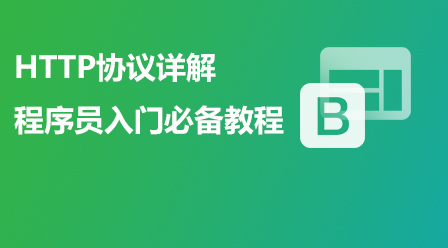
Course Elementary 16132
Course Introduction:HTTP protocol (HyperText Transfer Protocol) is the most widely used network transmission protocol on the Internet. All WWW files must comply with this standard. This tutorial will explain the HTTP protocol in detail.
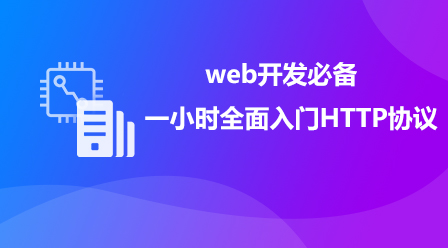
Course Elementary 6793
Course Introduction:Hypertext Transfer Protocol (HTTP) is an application layer protocol for transmitting hypermedia documents. It is designed for communication between a web browser and a web server, but can be used for other purposes as well. HTTP follows the classic client-server model, where the client opens a connection to make a request and then waits until a server-side response is received.
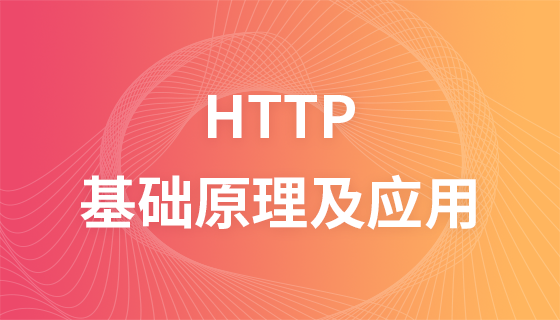
Course Elementary 8311
Course Introduction:HTTP communicates based on B/S architecture, and the server-side implementation programs of HTTP include httpd, nginx, etc. The client-side implementation programs are mainly web browsers, such as Firefox, Google Chrome, Safari, etc. In addition, the client's command line Tools include elink, curl, etc. Web services are based on TCP, so in order to respond to client requests at any time, the Web server needs to listen on port 80/TCP. In this way, the client browser and the web server can communicate through HTTP.
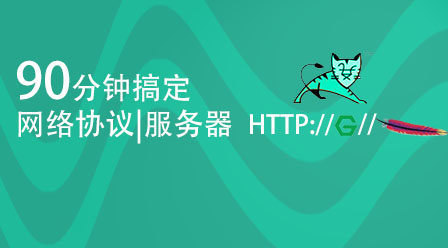
Course Elementary 7862
Course Introduction:HTTP is a simple request-response protocol that usually runs on top of TCP. It specifies what kind of messages the client may send to the server and what kind of response it gets. Web servers generally refer to website servers. Currently, the three most mainstream web servers are Apache, Nginx, and IIS.

Course Elementary 13772
Course Introduction:Scala Tutorial Scala is a multi-paradigm programming language, designed to integrate various features of object-oriented programming and functional programming.

Course Elementary 82280
Course Introduction:"CSS Online Manual" is the official CSS online reference manual. This CSS online development manual contains various CSS properties, definitions, usage methods, example operations, etc. It is an indispensable online query manual for WEB programming learners and developers! CSS: Cascading Style Sheets (English full name: Cascading Style Sheets) is an application used to express HTML (Standard Universal Markup Language).

Course Elementary 13144
Course Introduction:SVG is a markup language for vector graphics in HTML5. It maintains powerful drawing capabilities and at the same time has a very high-end interface to operate graphics by directly operating Dom nodes. This "SVG Tutorial" is intended to allow students to master the SVG language and some of its corresponding APIs, combined with the knowledge of 2D drawing, so that students can render and control complex graphics on the page.

Course Elementary 24590
Course Introduction:In the "AngularJS Chinese Reference Manual", AngularJS extends HTML with new attributes and expressions. AngularJS can build a single page application (SPAs: Single Page Applications). AngularJS is very easy to learn.

Course Elementary 27446
Course Introduction:Go is a new language, a concurrent, garbage-collected, fast-compiled language. It can compile a large Go program in a few seconds on a single computer. Go provides a model for software construction that makes dependency analysis easier and avoids most C-style include files and library headers. Go is a statically typed language, and its type system has no hierarchy. Therefore users do not need to spend time defining relationships between types, which feels more lightweight than typical object-oriented languages. Go is a completely garbage-collected language and provides basic support for concurrent execution and communication. By its design, Go is intended to provide a method for constructing system software on multi-core machines.
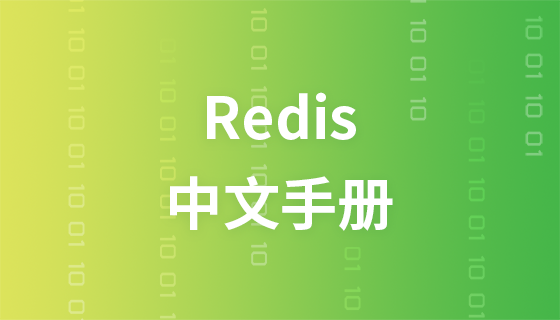
Course Elementary 57892
Course Introduction:"Redis Command Operation Chinese Manual" is the latest official Redis online reference manual. Redis is an in-memory cache database. This manual contains various Redis operation commands with Chinese explanations. You will learn to master the efficient use of Redis in the data server. It is a must-have online query for Redis learning and users. Refer to the documentation tutorial!
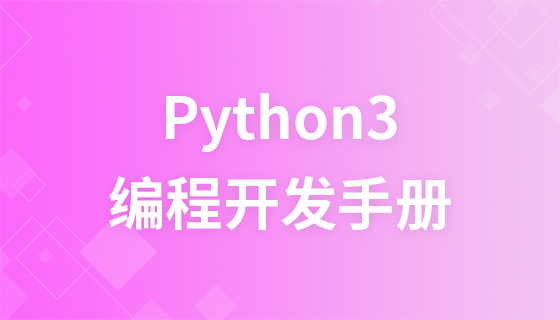
Course Elementary 87580
Course Introduction:"Python 3 Tutorial" The 3.0 version of Python is often called Python 3000, or Py3k for short. This is a major upgrade compared to earlier versions of Python. In order not to bring too much burden, Python 3.0 was not designed with backward compatibility in mind. Python language is very simple and easy to use for beginners and to complete common tasks.
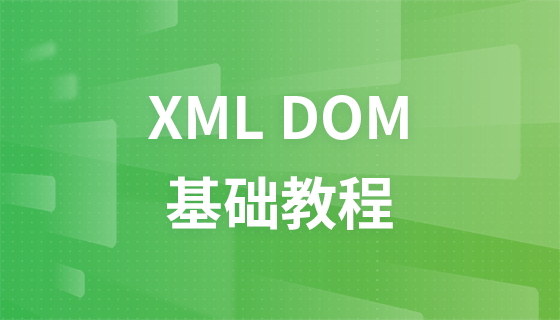
Course Elementary 21054
Course Introduction:"XML DOM Tutorial" XML DOM defines a standard method for accessing and manipulating XML documents. DOM treats an XML document as a tree structure, with leaves defined as nodes. If you want to use XML, you need to understand the XML DOM.
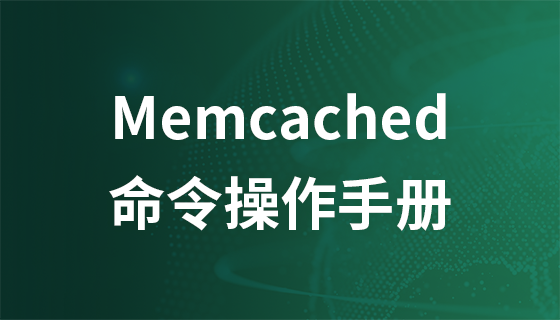
Course Elementary 17799
Course Introduction:"Memcached Command Operation Manual" is the latest official Memcached online reference manual. In this Memcached document, various Memcached operation commands are provided with Chinese explanations. You will learn how to use Memcached to reduce database load and improve performance. It is a must-have online query reference document tutorial for Memcached learners and users!
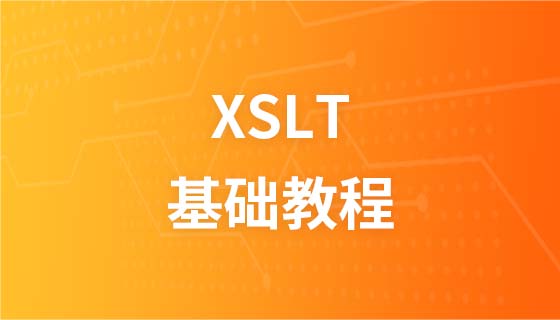
Course Elementary 9839
Course Introduction:"XSLT Tutorial" XSL refers to the EXtensible Stylesheet Language (EXtensible Stylesheet Language), which is a stylesheet language for XML documents. XSLT refers to XSL Transformation. In this tutorial, you will learn how to use XSLT to transform an XML document into another document, such as XHTML.